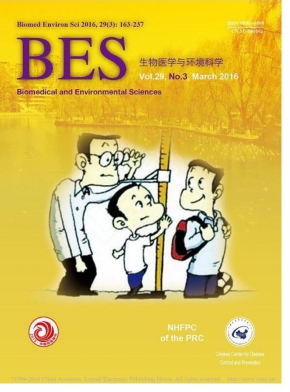Comparison of Undernutrition Prevalence of Children under 5 Years in China between 2002 and 2013
doi: 10.3967/bes2016.021
-
Key words:
- Undernutrition /
- Prevelence /
- Children under 5
Abstract: Objective To describe the undernutrition status of children under 5-year in China, and study the trend between 2002 and 2013. Methods The study was based on two national surveys. Undernutrition wasdetermined against WHOs 2006 growth standards.The prevalence in 2013 and 2002 was weighted by China sixth National Population Census (2010). The relationship between undernutrition and gender/age groups/different areas use weighted logistic regression. Results The results indicated the overall prevalence of stunting, underweight, and wasting of Chinese children under 5-year was 8.1%, 2.4%, and 1.9% in 2013, respectively. The prevalence of stunting was higher for children aged 12-47 month, while underweight was higher for children aged 48-59 month. The prevalence of undernutrition was higher in rural areas than in urban areas, especially in poor rural areas. There was a decline of stunting, underweight, and wastingbetween 2002 and 2013 among the children, with greater reduction in rural areas than in urban areas. Conclusion The prevalence of undernutrition of children under 5-year remains high in rural areas especially in poor rural areas in China. It is urgent totake action to control undernutrition in the vulnerable areas and subgroups.
| Citation: | YU Dong Mei, ZHAO Li Yun, YANG Zhen Yu, CHANG Su Ying, YU Wen Tao, FANG Hong Yun, WANG Xun. Comparison of Undernutrition Prevalence of Children under 5 Years in China between 2002 and 2013[J]. Biomedical and Environmental Sciences, 2016, 29(3): 165-176. doi: 10.3967/bes2016.021 |







 Quick Links
Quick Links
 DownLoad:
DownLoad: